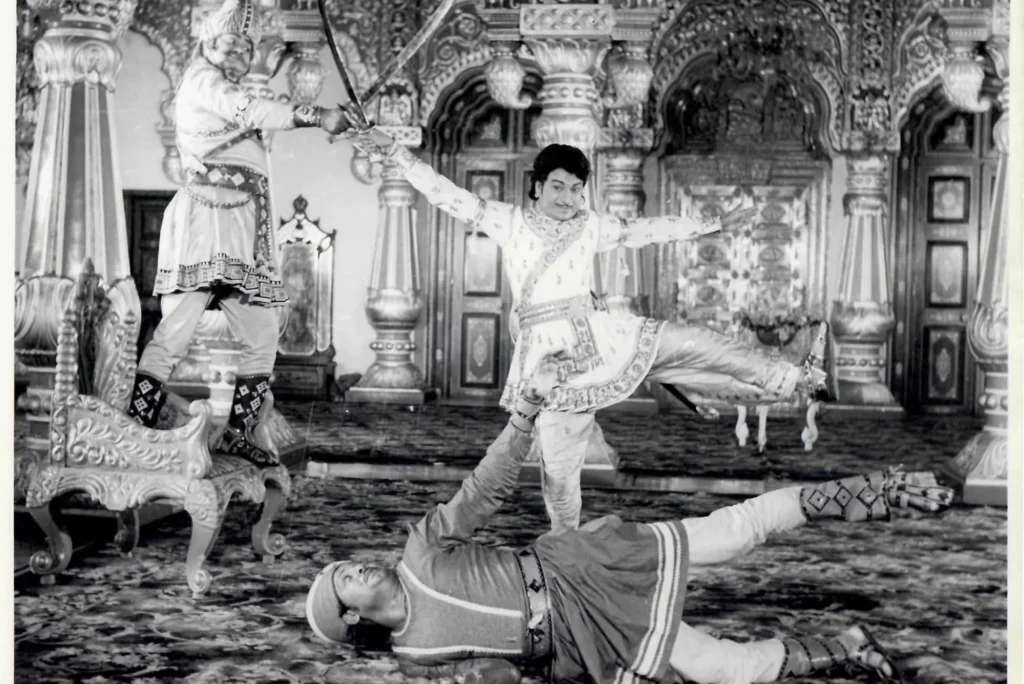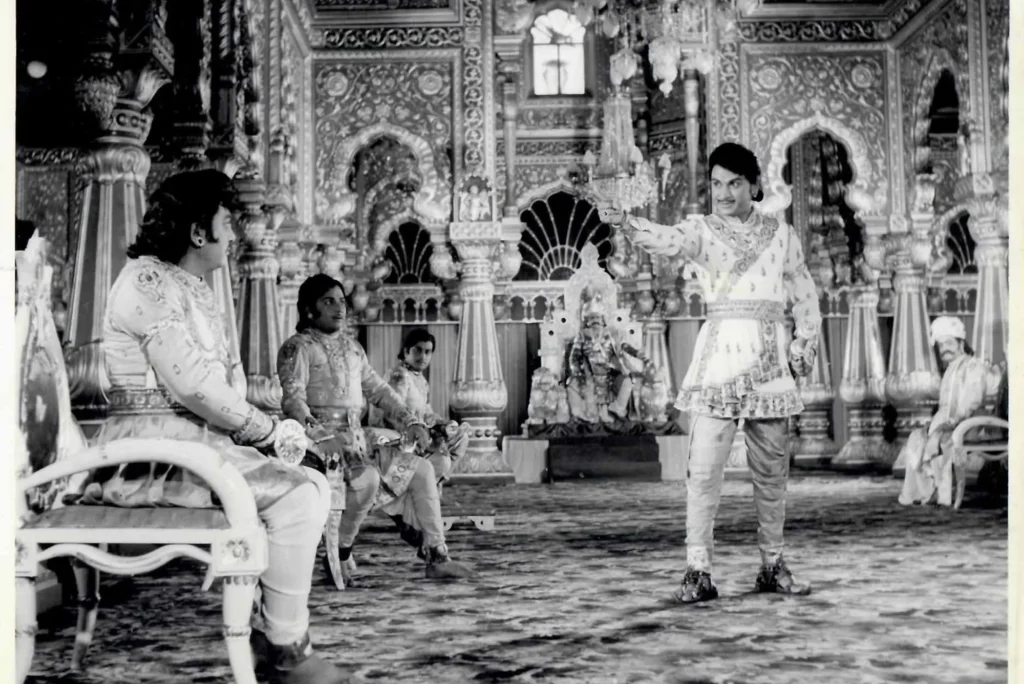Indian cinema, often referred to as Bollywood, holds a significant place in the global film industry. However, to truly understand its magnitude and evolution, it’s essential to delve into its origins. In this article, we embark on a journey to uncover the roots of Indian cinema, specifically focusing on the question: Which is the first movie in India?
Early Beginnings of Indian Cinema
Before the Lumière Brothers’ groundbreaking film screenings in India, the landscape of entertainment was already vibrant with various forms of performing arts. However, the arrival of motion pictures marked a pivotal moment in Indian history, setting the stage for the birth of cinema in the country. Among the pioneers who were inspired by this cinematic revolution was Dhundiraj Govind Phalke, famously known as Dadasaheb Phalke, who would later create the iconic “Raja Harishchandra,” often regarded as India’s first feature film.
Influence of Performing Arts
The cultural tapestry of India has always been enriched by its diverse traditions of performing arts, including theater, dance, and storytelling. These art forms served as precursors to cinema, laying the groundwork for the emergence of motion pictures as a new medium of expression. From ancient Sanskrit dramas to folk performances, India’s rich heritage provided fertile ground for the evolution of cinematic storytelling.
The Lumière Brothers’ Impact
In 1896, the Lumière Brothers’ historic film screenings in Mumbai mesmerized audiences and sparked a wave of fascination with the new medium of cinema. Among the spectators was Dadasaheb Phalke, whose encounter with these pioneering films ignited a passion for filmmaking. Inspired by the Lumière Brothers’ cinematic marvels, Phalke embarked on a journey to bring the magic of motion pictures to India.
Dadasaheb Phalke and the Birth of Indian Cinema

Drawing inspiration from Indian mythology and folklore, Dadasaheb Phalke embarked on the monumental task of creating India’s first feature film. In 1913, his vision came to fruition with the release of “Raja Harishchandra,” a mythological epic that captured the imagination of audiences across the country. This landmark film not only marked the birth of Indian cinema but also laid the foundation for a thriving industry that would captivate audiences for generations to come.
Naa Songs Varasudu: Bridging the Gap Between Cinema and Music
In the early days of Indian cinema, music played a crucial role in enhancing the cinematic experience. From melodious tunes to soul-stirring compositions, music became an integral part of Indian films, enriching storytelling and evoking emotions. Platforms like Naa Songs Varasudu serve as repositories of Indian film music, allowing audiences to rediscover timeless classics and explore the rich musical heritage of Indian cinema.
Preserving India’s Cinematic Legacy
As Indian cinema continues to evolve and embrace new technologies, it’s essential to preserve its rich cultural heritage for future generations. Initiatives like Naa Songs Varasudu play a crucial role in safeguarding India’s cinematic legacy by curating and preserving classic film music. By celebrating the timeless melodies of yesteryears, these platforms ensure that the magic of Indian cinema lives on for generations to come.
The Lumière Brothers and the First Indian Film
The Lumière Brothers’ iconic film screenings in Mumbai in 1896 marked the beginning of India’s tryst with cinema. Among the audience was Dhundiraj Govind Phalke, popularly known as Dadasaheb Phalke, who would later be hailed as the father of Indian cinema. Inspired by the Lumière Brothers’ films, Phalke embarked on a journey to create India’s first feature film.
In 1913, Phalke’s labor of love, “Raja Harishchandra,” graced the silver screen, marking a historic moment in Indian cinema. This mythological film, depicting the life of King Harishchandra, is widely recognized as the first Indian feature film, catapulting Indian cinema into a new era of storytelling and creativity.
Evolution of Indian Cinema
The evolution of Indian cinema is a fascinating tale that spans over a century, marked by innovation, creativity, and cultural significance. From its humble beginnings with the release of “Raja Harishchandra,” the first movie in India, to its current status as a global powerhouse, Indian cinema has undergone remarkable transformations, shaping the landscape of entertainment in profound ways.
The Silent Era: Laying the Foundations
Following the release of “Raja Harishchandra” in 1913, Indian cinema entered a phase known as the silent era. During this period, filmmakers experimented with storytelling techniques and visual aesthetics, laying the groundwork for future generations of filmmakers. Despite the absence of synchronized sound, silent films captivated audiences with their emotive performances, elaborate sets, and compelling narratives.
Introduction of Sound: A Game-Changing Innovation
The advent of sound in Indian cinema in the 1930s revolutionized the industry and ushered in a new era of storytelling. Films like “Alam Ara,” released in 1931, marked the beginning of the talkie era in Indian cinema, allowing filmmakers to incorporate dialogue, music, and sound effects into their productions. This technological advancement democratized access to cinema, making it more accessible to audiences across linguistic and cultural barriers.
Golden Age of Indian Cinema: Cultural Renaissance
The decades following India’s independence in 1947 witnessed a golden age of Indian cinema, characterized by artistic excellence and cultural renaissance. Filmmakers like Satyajit Ray, Guru Dutt, and Raj Kapoor emerged as trailblazers, pushing the boundaries of storytelling and challenging societal norms through their cinematic masterpieces. Films like “Pather Panchali,” “Pyaasa,” and “Awara” not only garnered critical acclaim but also captivated audiences worldwide, earning Indian cinema international recognition and acclaim.
Technological Advancements and Innovation
With advancements in technology and filmmaking techniques, Indian cinema continued to evolve and adapt to changing times. The introduction of color films, widescreen formats, and special effects opened up new avenues for creative expression, allowing filmmakers to push the boundaries of visual storytelling. From the epic spectacles of Bollywood to the gritty realism of parallel cinema, Indian filmmakers embraced innovation and experimentation, cementing the country’s reputation as a cinematic powerhouse.
Raja Harishchandra
As Indian cinema celebrates its rich heritage and explores new frontiers, it’s essential to pay homage to its roots and origins. “Raja Harishchandra,” which is the first movie in india, stands as a timeless testament to the pioneering spirit and artistic vision of its creator, Dadasaheb Phalke. Its legacy continues to inspire generations of filmmakers, reminding us of the enduring power of storytelling and the transformative impact of cinema on society and culture.
Legacy of Raja Harishchandra
The impact of “Raja Harishchandra” extends far beyond its cinematic achievements. It not only established Dadasaheb Phalke as a visionary filmmaker but also inspired countless others to pursue their passion for cinema. The film’s timeless themes and cultural significance have cemented its place in Indian cinematic history, serving as a testament to the power of storytelling.
Popular Platforms for Indian Films
In the digital era, accessing Indian cinema has become easier than ever, thanks to online platforms like 7starhd movies. These platforms serve as virtual hubs for cinephiles, offering a vast array of Indian films spanning various genres, languages, and eras.
7starhd Movies: A Gateway to Indian Cinema
7starhd movies has emerged as a prominent platform for Indian film enthusiasts, providing them with a convenient and accessible way to stream or download their favorite movies. With a user-friendly interface and an extensive library of titles, 7starhd movies caters to diverse tastes and preferences, ensuring that there’s something for everyone.
Diverse Selection of Films

One of the key attractions of 7starhd movies is its diverse selection of films. From classic Bollywood hits to regional gems, the platform offers a comprehensive range of titles that appeal to audiences of all backgrounds. Whether you’re a fan of romantic dramas, action-packed thrillers, or thought-provoking art films, 7starhd movies has you covered.
Convenience and Accessibility
Another advantage of 7starhd movies is its convenience and accessibility. Users can access the platform from anywhere with an internet connection, allowing them to enjoy their favorite films on their preferred devices, whether it’s a smartphone, tablet, or computer. Additionally, 7starhd movies offers options for streaming or downloading, giving users flexibility in how they consume content.
Regular Updates and New Releases
7starhd movies is constantly updating its library with the latest releases and timeless classics. Whether you’re eager to catch the newest Bollywood blockbuster or revisit an old favorite, you’ll find it on 7starhd movies. The platform’s commitment to keeping its content fresh ensures that users always have something new and exciting to watch.
Community and Engagement
Beyond its vast collection of films, 7starhd movies fosters a sense of community among its users. Through forums, discussions, and social media channels, film enthusiasts can connect with like-minded individuals, share recommendations, and engage in lively conversations about their favorite movies. This sense of camaraderie enhances the overall viewing experience and adds another layer of enjoyment to the platform.
The journey of Indian cinema, from its humble beginnings to its global prominence, is a testament to the indomitable spirit of creativity and innovation. By tracing the origins of Indian cinema and recognizing the significance of films like “Raja Harishchandra,” we gain a deeper appreciation for the art form and its enduring legacy. As Indian cinema continues to evolve and thrive, it remains a beacon of storytelling, culture, and entertainment for audiences around the world.






